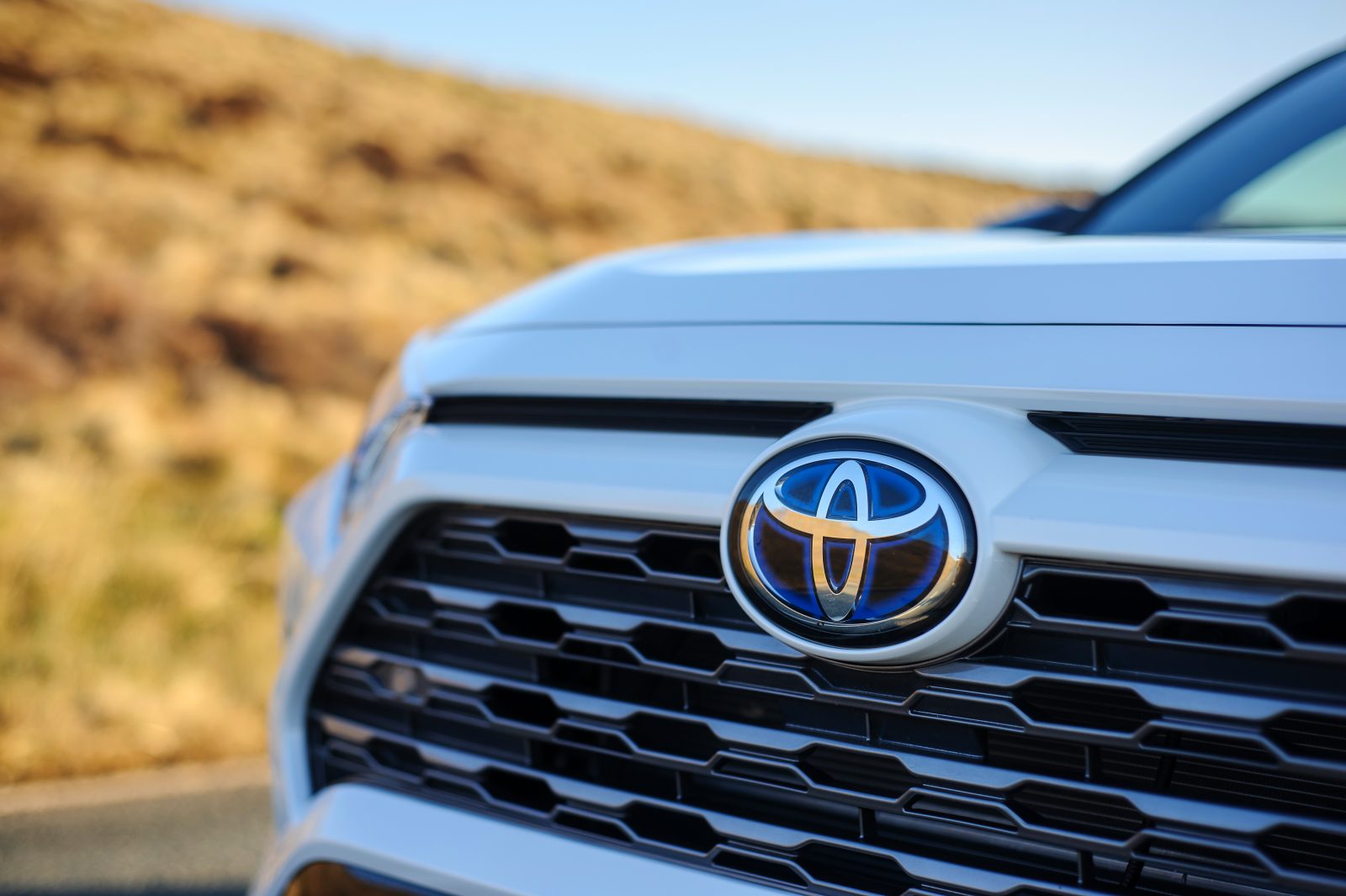The purpose of the 2021 Toyota Sienna electrical system is to improve energy efficiency. How much benefit does the electrical system provide for recreational purposes?
Some clarifications are needed to answer the following questions.
Note: Engine refers to gas-engine. Motor refers to electric motor(s) that power wheels or a generator
A: Recreational electric power needs
B: Sleeping needs
C: Cargo Space for ancillary needs like food, water, clothing, tools, entertainment, etc...


 www.toyota.com
www.toyota.com
I’m looking for a 4x4 or AWD vehicle to access long distance bike routes, e.g., from Canada to Mexico. The Great Divide trail is nearby.

My specifications in Priority order, for a 4x4, follow:
More specific questions are asked in Post #3:
Some clarifications are needed to answer the following questions.
Note: Engine refers to gas-engine. Motor refers to electric motor(s) that power wheels or a generator
- How to charge the battery when the van is stationary?
- Does the electrical system have a second generator for charging?
- Does the inverter function when gas engine is not running?
- Can a solar panel be connected to the electrical system?
- What is battery capacity and duration utilizing gas tank?
- Does the gas engine automatically toggle on/off when the battery is low and inverter power is drawn?
- How long can 110V power be drawn when the gas engine is off?
- Can the refrigerator/freezer cool without gas engine power?
- What is the structure of the electrical system?
- How well-suited is the structure for recreational purposes?
- Is EV-only mode range sufficient for city driving, without plugin socket?
A: Recreational electric power needs
B: Sleeping needs
C: Cargo Space for ancillary needs like food, water, clothing, tools, entertainment, etc...
- U: Unknown (starting point)
- S: Symmetry equal balance or 1:1:1 ratio
- AB: Space compromised
- SB: Comfort-orientated
- BC: Underpowered
- SC: Oversized
AC: Sleep compromised (when heat necessary)
- I will use a portable battery to power an electric blanket, rather than rely on hybrid power.
- SA: Overpowered
2022 Toyota Sienna | Take on Today
Explore the 2022 Toyota Sienna on the official Toyota site. Find this Toyota minivan at a dealership near you, or build and price your own online today.
I’m looking for a 4x4 or AWD vehicle to access long distance bike routes, e.g., from Canada to Mexico. The Great Divide trail is nearby.
My specifications in Priority order, for a 4x4, follow:
- Sleep
●Do not sleep in the vehicle while using devices such as an electric heater.
- Ventilation
- heated and/or ventilated seats that accommodate sleeping with a reclining feature
- diesel or electric air heater connected to car ventilation ducts
- Connect new fan(s) to existing car ducts for fresh air
- driven by hybrid battery
- Insulate
- windows
- partition between cargo and cabin areas
- ceiling
- floor
- Heat
- Air
- diesel or electric air heater
- Water
- Electric
- Food
- Electric induction
- Floor
- Electric radiant heat to prevent water from freezing
- Air
- Power, Generic
- Capacity and Duration
- Limitations
●If the temperature inside the vehicle is high, such as after the vehicle has been parked in the sun,
- use the air conditioning system to sufficiently ventilate or cool the interior, and then press the AC120V switch again.
●If the vehicle has been stopped in a cold area, to protect the hybrid battery (traction battery), the power outlets may not be able to be used.
- In this case, drive the vehicle for a while to warm up the hybrid battery (traction battery), and then press the AC120V switch again.
If the charge is low, shift the shift lever to P, allow the engine to run to charge the hybrid battery (traction battery), and then press the AC120V switch again.
- 110V input charge, J1772 EV Jack or fast charge option
- Solar power connection to hybrid batte
- Inverter to supply 110V
- Battery Chemistry
- Ability to function at extreme temperatures
- Capacity and Duration
- Water supply
- Cooking
- Shower
- Toilet
- Frame
- Light fixtures
- Food storage
- Clothes storage
- Roof or truck bed
- Solar panels
- Ventilation fans or moonroof
- Appliances
- Lighting
- Air compressor to clean and dry chain.
- Cooling
- Electric Refrigeration
- Battery and Generator
- A/C system operation with engine off
- Vehicle
- Maintenance in remote locations
- Fuel availability (B20 diesel)
- Carbon Monoxide detection
- Table space
- Security System
- High energy drain; operates continuously
More specific questions are asked in Post #3:
- So, how much gas is needed for a 3.5 hour eBike charge?
- Will the engine be harmed by long periods of idling?
- If so, how to mitigate extent of damage, besides the automatic control features?
- How much multitasking can occur simultaneously on a 1500W system, assuming a 3W eBike charger?
- How dependent is the outcome on tank size and gas station proximity?
- Should the car be driven during eBike charging? If so, how far?
- Am i dreaming, or is the Ford F150 PowerBoost more appropriate?
- The equivalent F150 will probably cost $60K to $70K, versus $40K to $50 for a Sienna.
Last edited:




























